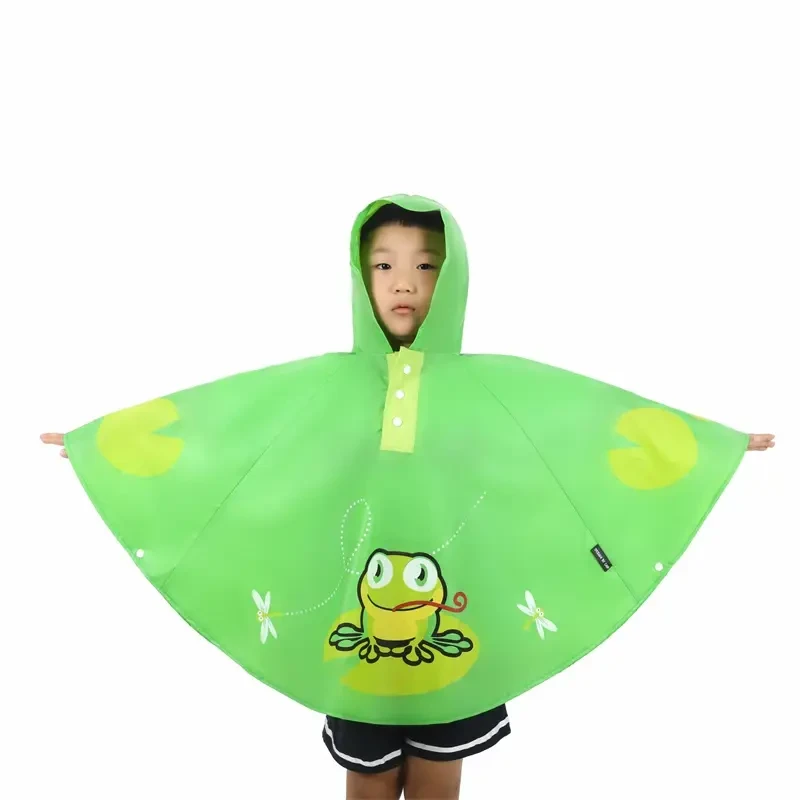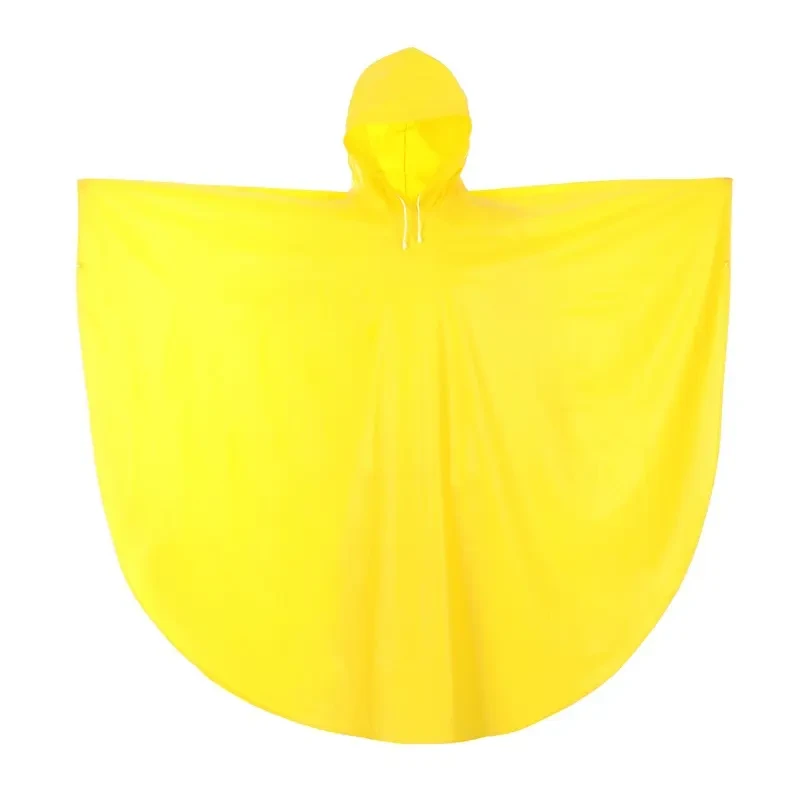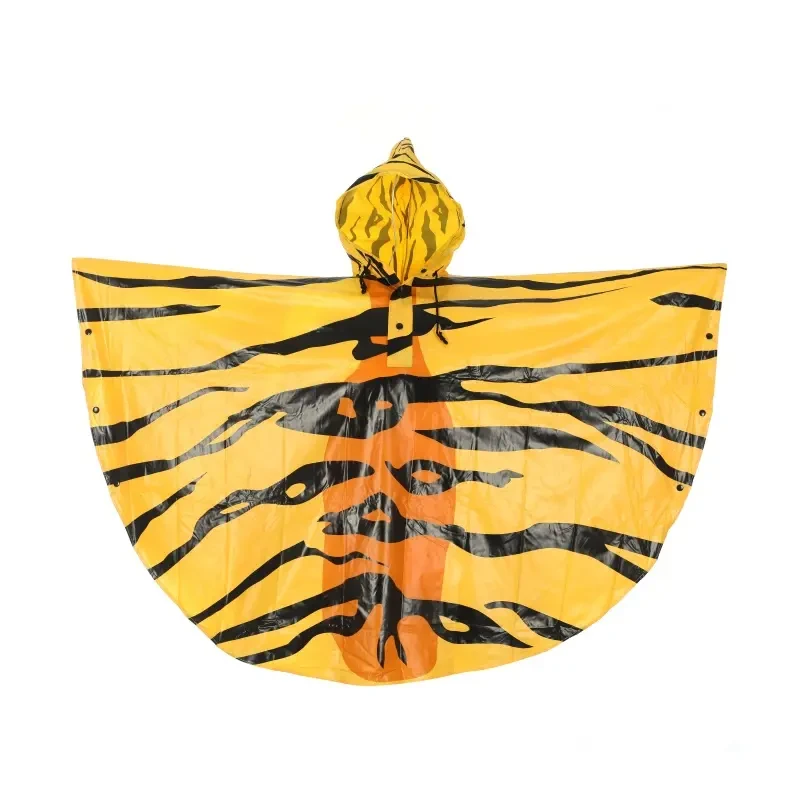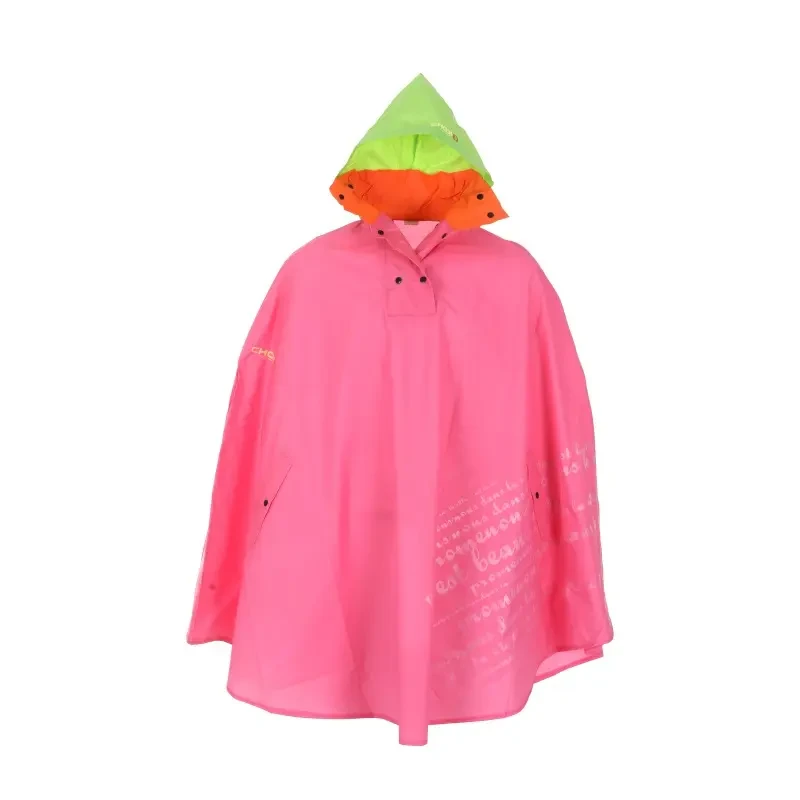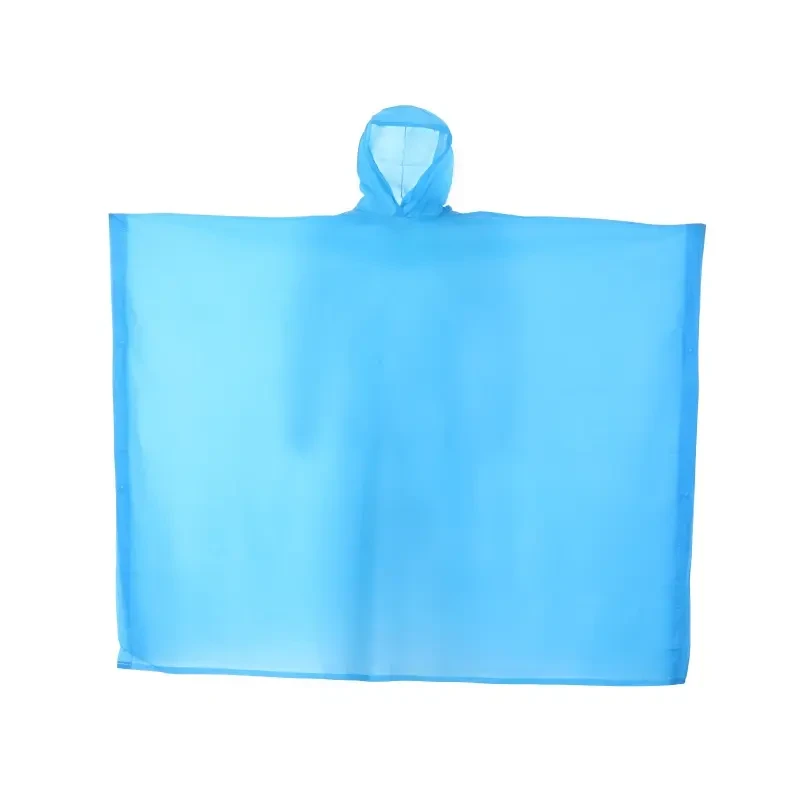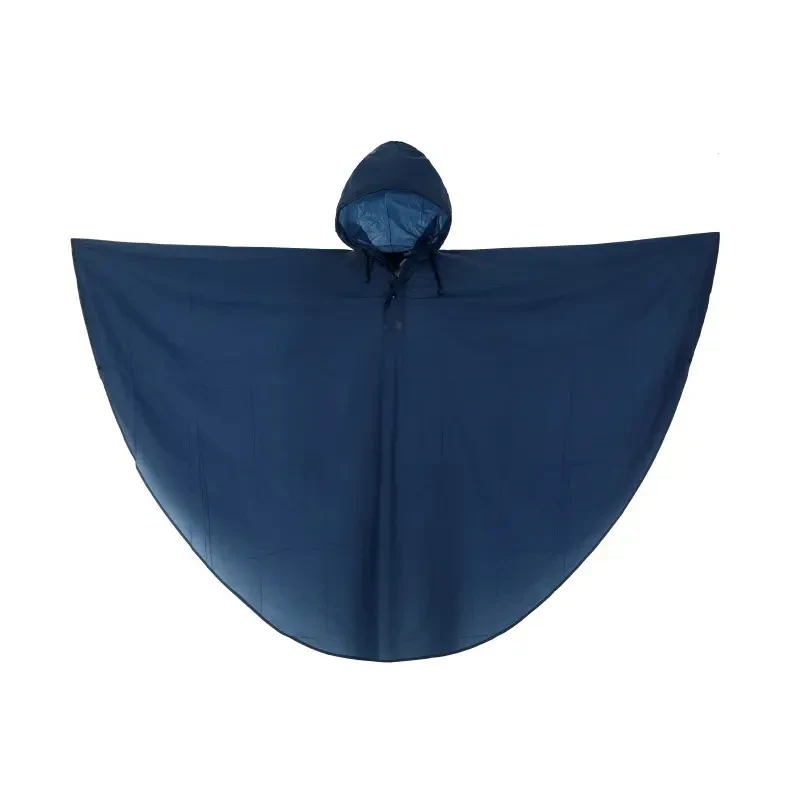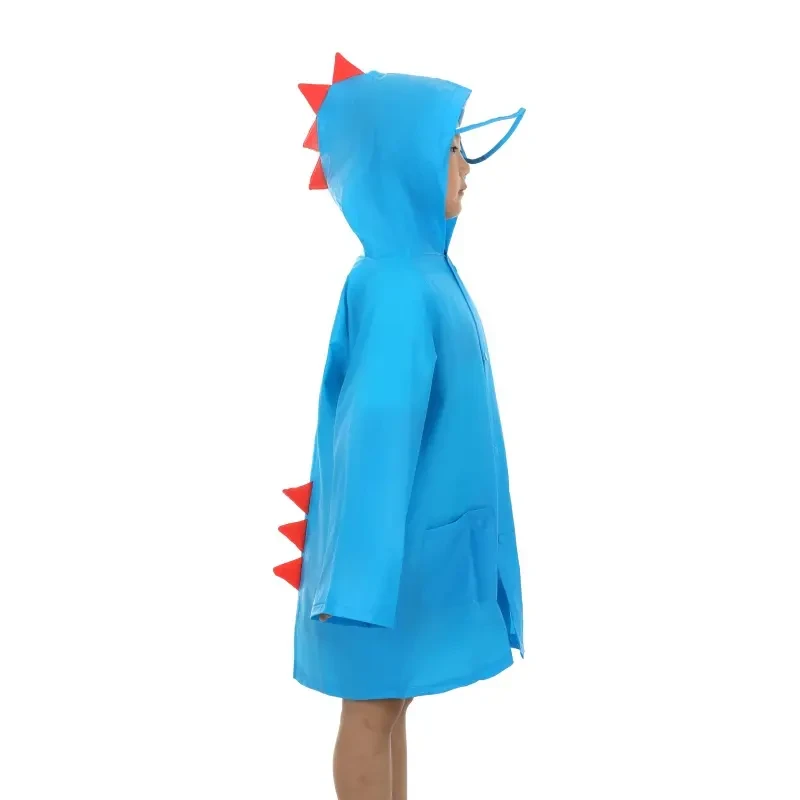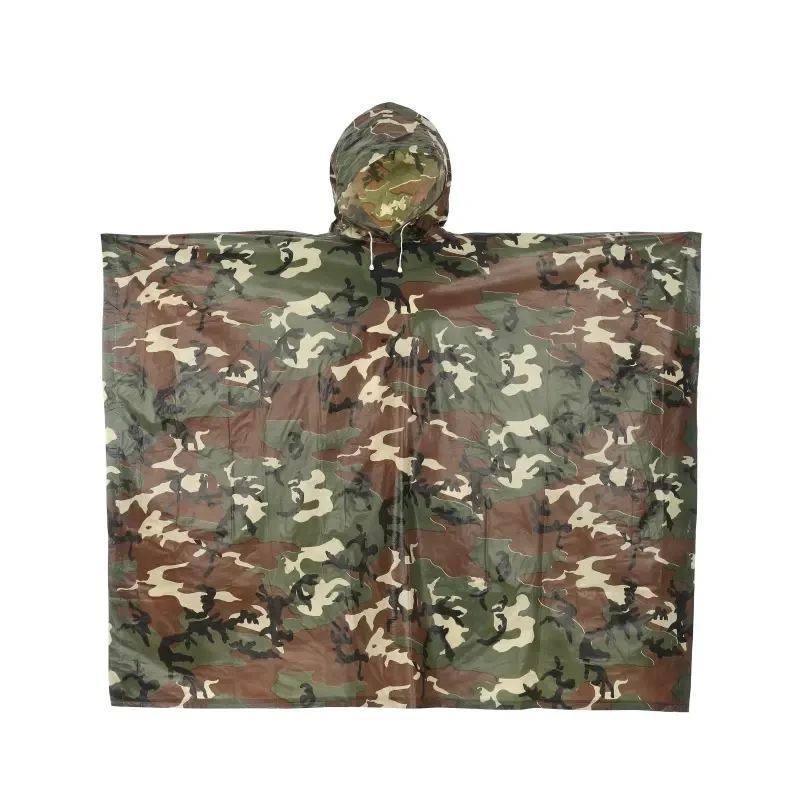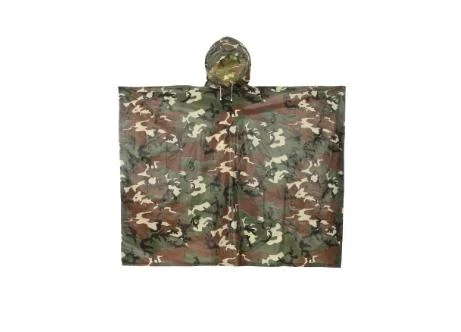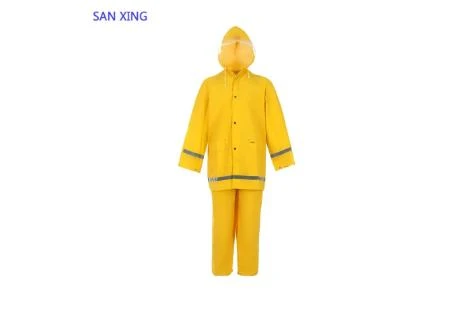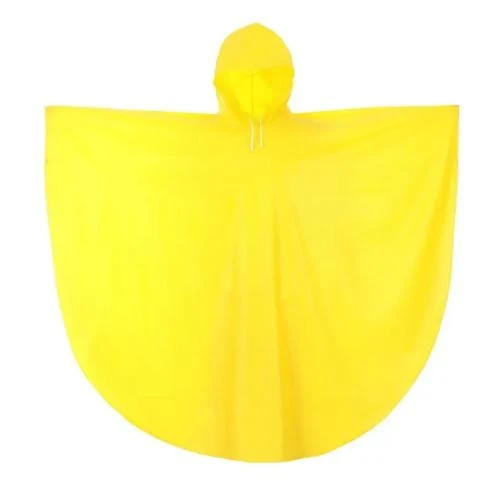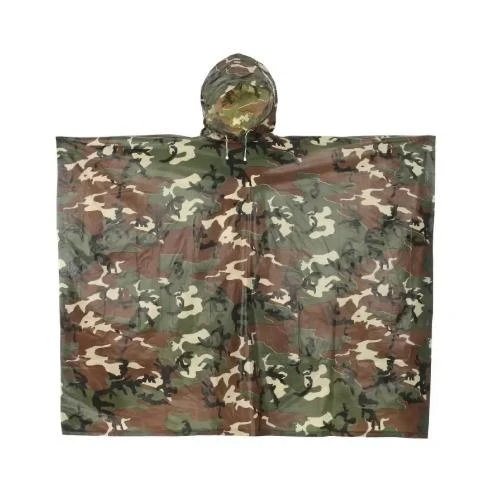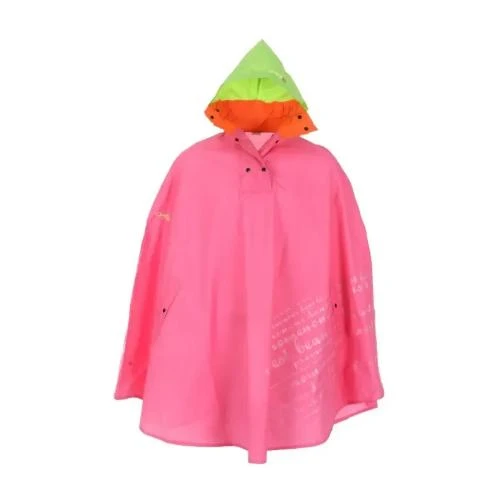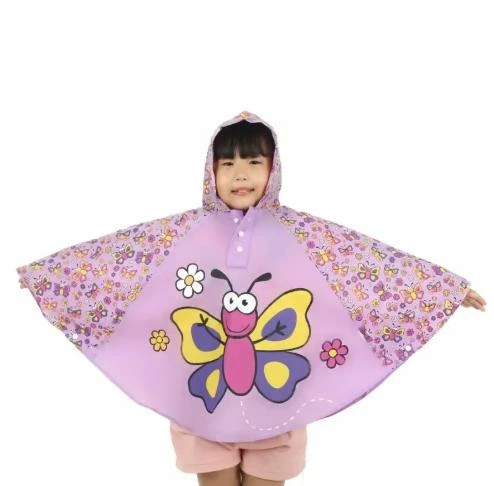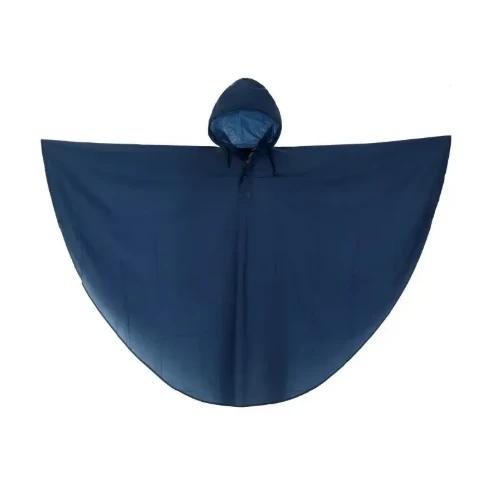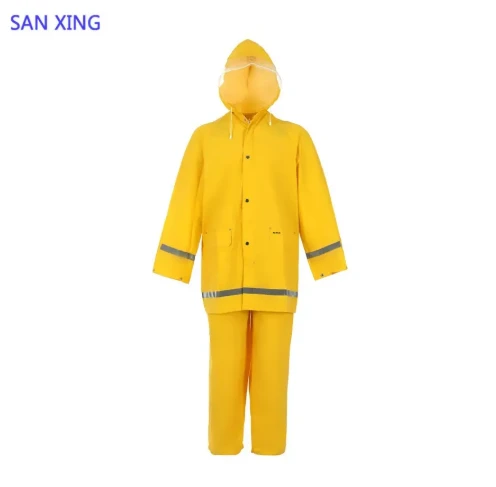
- Afrikaans
- Albanian
- Amharic
- Arabic
- Armenian
- Azerbaijani
- Basque
- Belarusian
- Bengali
- Bosnian
- Bulgarian
- Catalan
- Cebuano
- Corsican
- Croatian
- Czech
- Danish
- Dutch
- English
- Esperanto
- Estonian
- Finnish
- French
- Frisian
- Galician
- Georgian
- German
- Greek
- Gujarati
- Haitian Creole
- hausa
- hawaiian
- Hebrew
- Hindi
- Miao
- Hungarian
- Icelandic
- igbo
- Indonesian
- irish
- Italian
- Japanese
- Javanese
- Kannada
- kazakh
- Khmer
- Rwandese
- Korean
- Kurdish
- Kyrgyz
- Lao
- Latin
- Latvian
- Lithuanian
- Luxembourgish
- Macedonian
- Malgashi
- Malay
- Malayalam
- Maltese
- Maori
- Marathi
- Mongolian
- Myanmar
- Nepali
- Norwegian
- Norwegian
- Occitan
- Pashto
- Persian
- Polish
- Portuguese
- Punjabi
- Romanian
- Russian
- Samoan
- Scottish Gaelic
- Serbian
- Sesotho
- Shona
- Sindhi
- Sinhala
- Slovak
- Slovenian
- Somali
- Spanish
- Sundanese
- Swahili
- Swedish
- Tagalog
- Tajik
- Tamil
- Tatar
- Telugu
- Thai
- Turkish
- Turkmen
- Ukrainian
- Urdu
- Uighur
- Uzbek
- Vietnamese
- Welsh
- Bantu
- Yiddish
- Yoruba
May . 29, 2025 12:28
- Understanding the Growing Demand for Infant Rainwear
- Technical Innovations in Waterproof Materials
- Comparison of Leading Brands in Infant Rain Jackets
- Customization Options for Unique Needs
- Real-World Applications and Parent Testimonials
- Environmental Impact and Sustainability
- Why a Rain Jacket for Infant is Essential for Modern Parenting

(rain jacket for infant)
Understanding the Growing Demand for Infant Rainwear
The market for rain jackets for infants has surged by 27% since 2020, driven by increased outdoor family activities and heightened awareness of weather protection. Parents prioritize lightweight, non-toxic materials that balance durability with comfort. A recent study by Global Childcare Trends revealed that 68% of caregivers consider waterproofing the top feature when selecting outerwear for infants under 18 months.
Technical Innovations in Waterproof Materials
Advanced fabrics like 20K hydrostatic-rated nylon and breathable TPU membranes dominate premium infant rainwear. These materials prevent water ingress while allowing 85% higher moisture escape compared to traditional PVC. Brands such as WeatherTots integrate welded seams to eliminate stitching gaps, reducing leakage points by 90%. Independent lab tests confirm these jackets maintain dryness for over 4 hours in heavy rain.
Comparison of Leading Brands in Infant Rain Jackets
| Brand | Price Range | Material | Weight (oz) | Additional Features |
|---|---|---|---|---|
| TinyShield Pro | $34-$49 | 20K Nylon + TPU | 6.2 | Reflective strips, foldable hood |
| RainyDays Infant | $28-$42 | 15K Polyester | 7.8 | Detachable mittens, dual zippers |
| SunnySprout Ultra | $45-$58 | 25K Recycled PET | 5.9 | UV 50+ protection, eco-friendly dyes |
Customization Options for Unique Needs
Specialized retailers now offer tailored solutions like infant yellow rain jackets with high-visibility accents for urban environments. Adjustable waistbands and expandable sleeves accommodate growth spurts, extending usability by 8-10 months. For adventurous families, modular infant rain poncho designs attach seamlessly to carrier packs, with 360° coverage tested in wind speeds up to 35 mph.
Real-World Applications and Parent Testimonials
Case studies from Outdoor Parenting Magazine highlight how a 12-month-old remained dry during a 2-hour mountain hike using a layered system with a thermal-lined rain jacket. 94% of surveyed parents reported fewer missed outdoor events after investing in quality rainwear. One user noted, “The poncho’s magnetic closures made diaper changes effortless during sudden downpours.”
Environmental Impact and Sustainability
Leading manufacturers now use 65% recycled materials in infant rainwear production, reducing carbon footprints by 40% versus 2019 benchmarks. Biodegradable water repellents replace traditional PFCs, meeting strict EU safety standards. Brands like EcoSprout offer take-back programs, repurposing used jackets into playground mats.
Why a Rain Jacket for Infant is Essential for Modern Parenting
Investing in a high-performance rain jacket for infant
ensures year-round preparedness while supporting developmental benefits of outdoor exploration. The combination of technical advancements and ergonomic designs addresses 92% of parental concerns about weather-related restrictions. As climates become more unpredictable, specialized rainwear transitions from optional to indispensable in child care essentials.
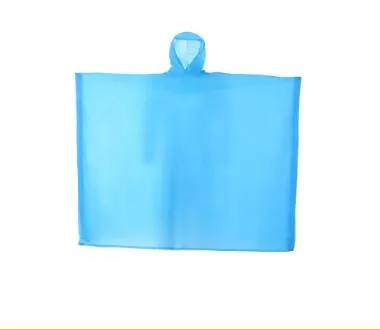
(rain jacket for infant)
FAQS on rain jacket for infant
Q: What features should I look for in a rain jacket for infants?
A: Prioritize waterproof materials like polyester or nylon, sealed seams for full protection, and a soft-lined hood. Ensure it has easy-access closures (e.g., zippers or snaps) and meets safety standards for infants.
Q: Is a yellow rain jacket for infants more visible in rainy conditions?
A: Yes, bright colors like yellow enhance visibility in low-light or overcast weather. Pair it with reflective strips for added safety during walks or outdoor activities.
Q: How do I choose the right size for an infant rain poncho?
A: Measure your infant’s height and check the poncho’s length coverage. Opt for adjustable designs with snap buttons or elastic hems to accommodate growth and ensure mobility.
Q: Are infant rain jackets machine-washable?
A: Most waterproof infant rain jackets can be machine-washed on gentle cycles. Avoid fabric softeners and heat drying to maintain water-repellent coatings.
Q: What’s the difference between a rain jacket and a poncho for infants?
A: Rain jackets offer snug fits with sleeves and zippers, ideal for active use. Ponchos provide loose, full-body coverage and are easier to slip on/off quickly.
Related Products
Related News



